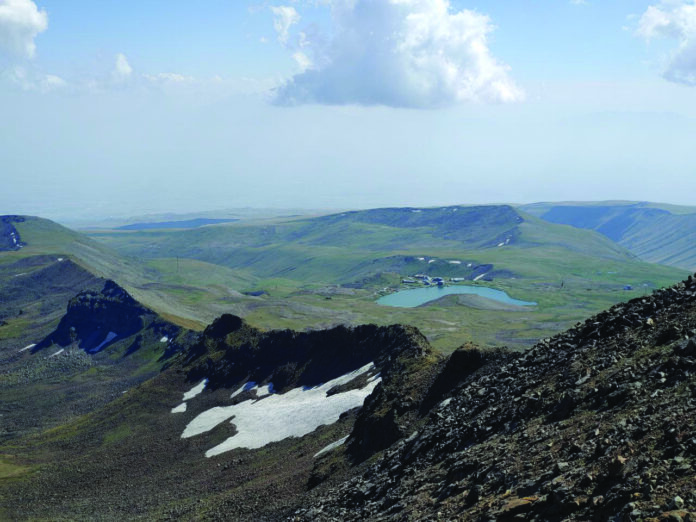YEREVAN — In early 2026 the Horizon Europe Marie Sklodowska-Curi Actions Doctoral Network program, the “GRAIL” project, will commence training a new generation of international PhD researchers in advanced topics including cosmic ray physics, astrophysics, and space science. As a recognized leader and center of excellence, with one of the world’s most extensive terrestrial cosmic ray research facilities, the Cosmic Ray Division (CRD) will provide students access to its facilities where they will participate in CRD’s research programs.
In October 2023, the CRD of the Yerevan Physics Institute (Alikhanyan National Science Laboratory) became an associate member of the Virtual Alpine Observatory, a network of 12 countries with high-altitude research laboratories studying space weather, atmospheric physics and the effects of climate change; a topic of special importance in high-altitude mountainous regions like Armenia.
The CRD was established in 1943 by renowned physicists and brothers Abraham and Artem Alikhanyan. The Aragats and Nor Ambert cosmic ray research stations, established on Mt. Aragats at 3200- and 2000-meters altitude respectively, provided the foundation for the Yerevan physics institute which now includes a number of other divisions as well. Cosmic Ray experiments provided fundamental information on particle physics well before the advent of powerful particle accelerators.

Funding for science vanished following the collapse of the Soviet Union in December 1991. Overcoming numerous hardships, research continued due to CRD’s dedicated staff and Prof. Ashot Chilingarian’s leadership.
In August 2001, at the international Cosmic Ray conference in Hamburg, Germany, Armenia was cited as one of the top 5 countries engaged in Cosmic Ray Research together with Germany, Japan, Russia and the United States. Two years later, in December 2003 at the World Summit on Information Society, CRD received the award for best content in the e-science category. Their website, Data Visualization Interactive Network (DVIN), was nominated for this prestigious award.
CRD continues to receive international acclaim, participating in numerous international collaborations and providing leadership in many areas of international research. Recognizing CRD’s numerous achievements, on January 28, 2025 during the first session of the Expert Commission of the Armenian Ministry of Education, Science, Culture, and Sports, the Aragats and Nor Amberd Cosmic Ray research stations and surrounding regions were designated as State-Protected Centers of Scientific and Cultural Heritage. As a result, these CRD’s facilities, with the surrounding areas, will become protected areas.








